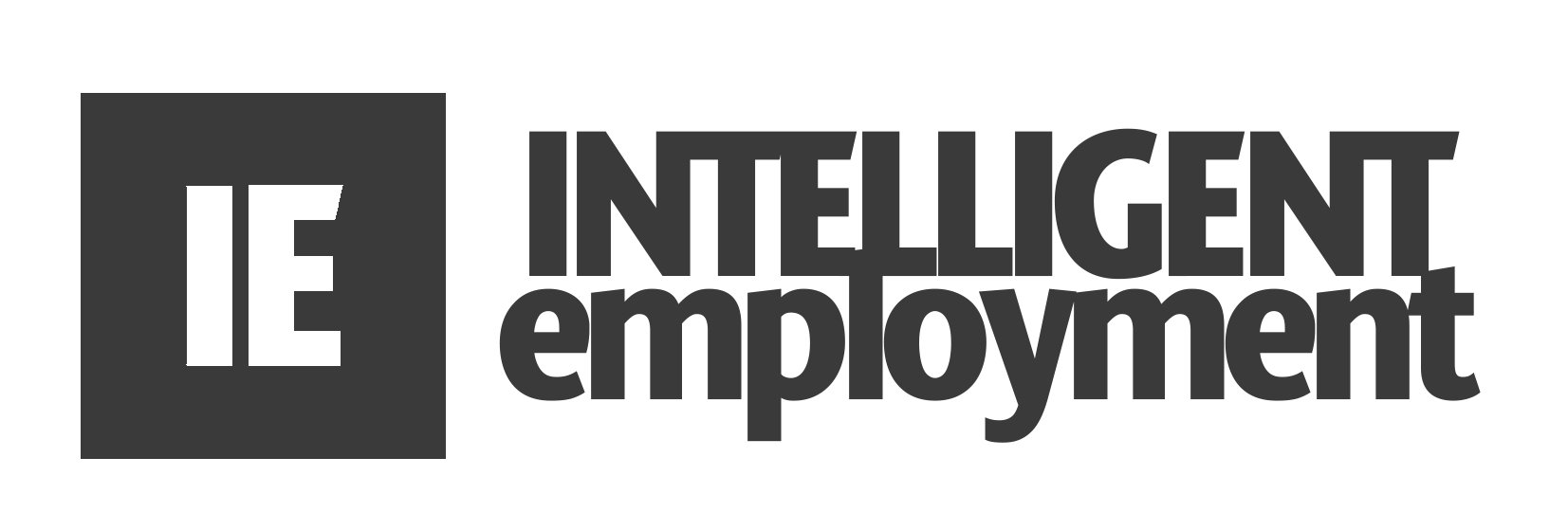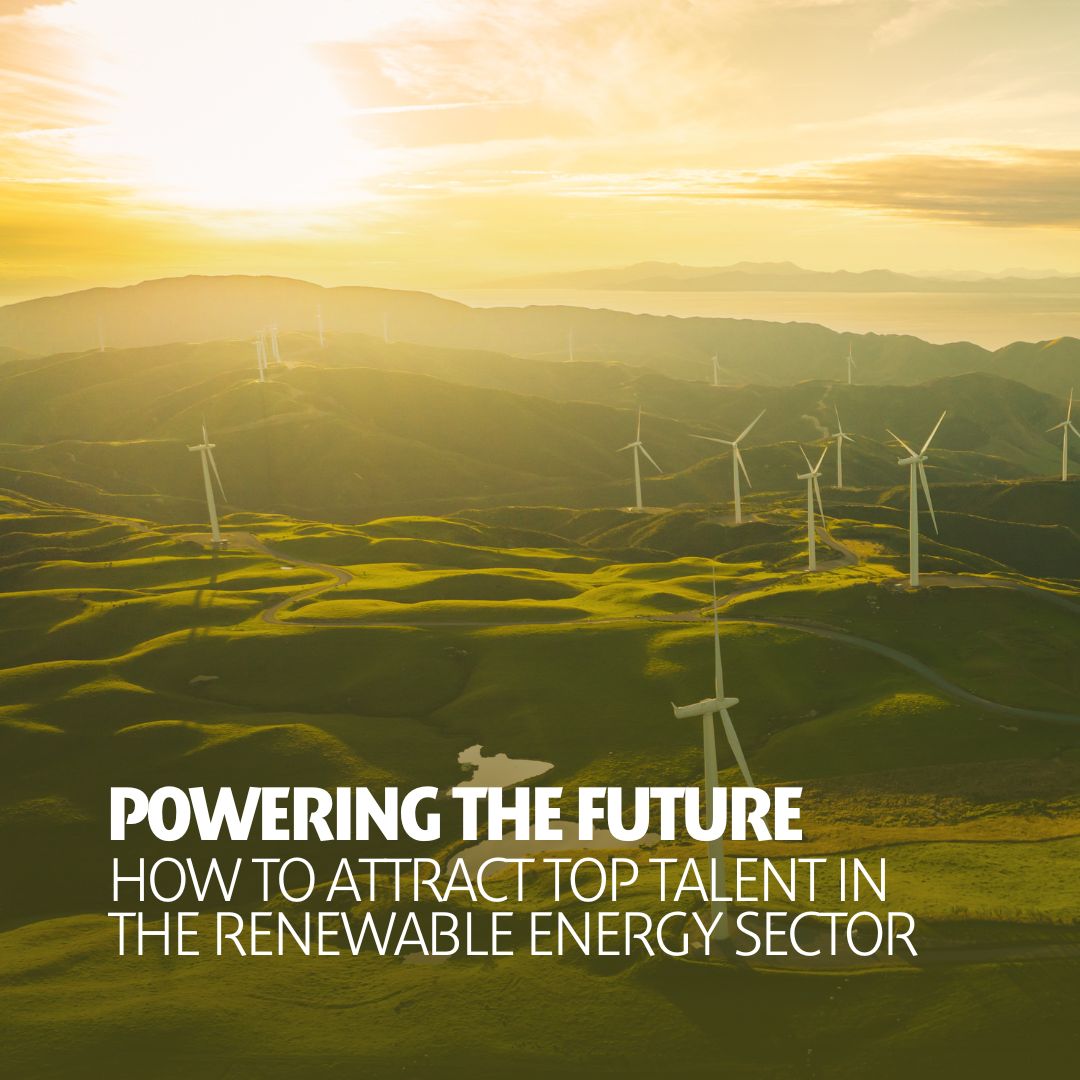Powering the Future: How to Attract Top Talent in the Renewable Energy Sector
As clean energy becomes central to global climate goals, the success of the renewable energy industry relies on more than just technology — it depends on people. From engineers and project managers to policy experts and sustainability professionals, the sector’s growth hinges on smart recruitment strategies tailored to a rapidly evolving landscape.
In this guide, we share key hiring insights, challenges, and best practices to help companies in wind, solar, hydro, and other renewable sectors recruit and retain skilled professionals. Whether you’re a hiring manager or HR leader, these strategies will help you build a future-ready workforce.
Understanding the Renewable Energy Hiring Landscape
The renewable energy sector includes solar, wind, hydro, geothermal, biomass, and storage. Each sub-sector presents unique hiring challenges. As governments push toward net-zero, competition for skilled professionals is rising across the globe.
Recruiters must understand project complexity, international policies, and skill shortages while also anticipating rapid innovation.
Why Recruitment is Critical to Energy Transition Success
Effective recruitment in clean energy drives project success, innovation, and team resilience. The right hires reduce delays, support growth, and align with purpose-driven missions.
Top Challenges in Renewable Energy Recruitment
- Shortage of experienced professionals in storage, digital energy, and grid systems
- Need for candidates with flexible, cross-disciplinary skills
- Geographical challenges—remote project locations and relocation barriers
What Skills and Profiles Are in Demand?
Technical: wind turbine maintenance, battery tech, SCADA systems
Project: planning, permitting, stakeholder engagement
Soft skills: adaptability, teamwork, communication
Innovative Recruitment Strategies That Work
- Partner with universities and trade schools
- Host virtual job fairs or sector-specific events
- Engage talent through industry forums and green networks
Use of Technology in Hiring Processes
Modern tools make recruitment more scalable and intelligent. Use:
- Applicant Tracking Systems (ATS)
- AI-based resume screening
- Social platforms like LinkedIn and specialized clean energy job boards
Build a Standout Employer Brand in Renewable Energy
Promote your climate mission, innovation success, and company values across your career site and social channels. Highlight:
- Project case studies
- Employee testimonials
- Community involvement and ESG goals
Prioritise Diversity, Equity & Inclusion
Diverse teams are better problem-solvers. Strengthen DEI through:
- Blind CV screening
- Partnerships with inclusive networks
- Transparent reporting and ERG support
Onboarding and Retention Tips
Retention starts with onboarding. Implement:
- Structured orientation and mentorship
- Training on tools, policy, and tech innovation
- Internal career mobility and regular feedback loops
Future Trends in Clean Energy Recruitment
Stay ahead by tracking these trends:
- Remote hiring for energy software and data roles
- Increased use of predictive analytics and talent insights
- Greater emphasis on employer experience and brand differentiation
Conclusion: Recruitment Powers the Clean Energy Transition
The shift to renewable energy is only possible with the right workforce. By using smarter recruitment strategies, investing in people, and fostering inclusive workplaces, companies can drive lasting climate impact — and become employers of choice in a competitive, mission-led sector.
Frequently Asked Questions
- What are the most in-demand jobs in renewable energy? Engineers, project managers, battery/storage specialists, and grid software experts.
- How can companies attract clean energy professionals? Through mission-driven branding, university partnerships, and digital engagement.
- What soft skills are important in renewable energy hiring? Adaptability, cross-functional collaboration, and strategic thinking.
- Is remote work possible in renewable energy? Yes — especially in digital, ESG, and policy-focused roles.
Related Posts:



